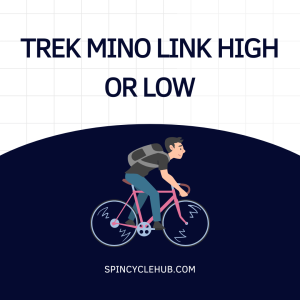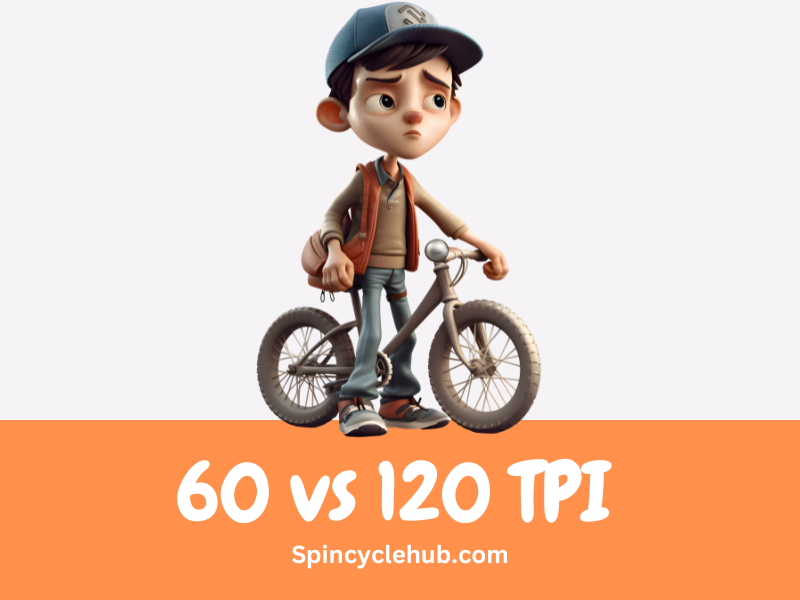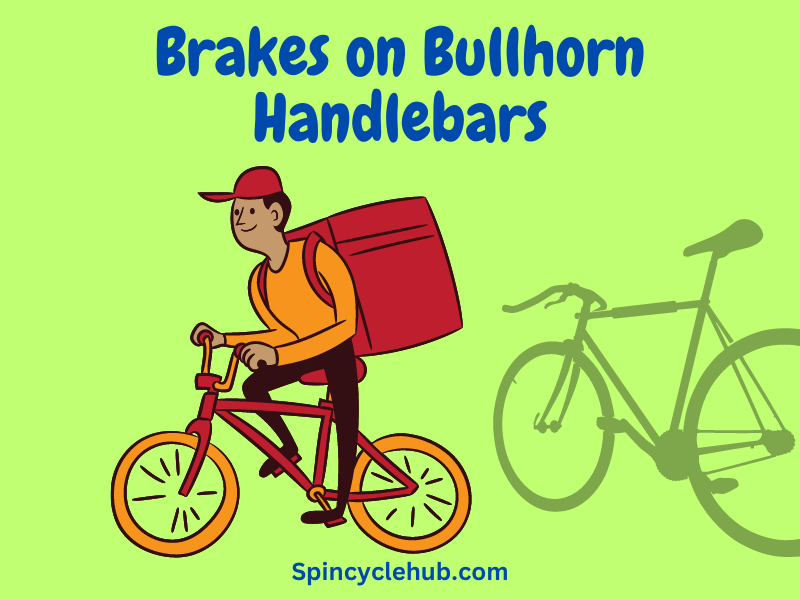When it comes to mountain biking, having the right suspension setup can make all the difference in your riding experience. One key feature that has gained popularity among riders is the Trek Mino Link suspension system. With its unique ability to adjust the geometry of your bike, the Mino Link offers two settings: High and Low. But how do you determine which setting is best for you? In this article, we’ll dive into the world of Mino Link and explore how to find the perfect suspension setting for your bike.
Understanding the Mino Link Suspension System:
The Mino Link suspension system is an innovative technology developed by Trek Bikes. It allows riders to make subtle but impactful adjustments to their bike’s geometry and suspension performance. The Mino Link is a small chip that can be flipped to switch between High and Low settings. Let’s take a closer look at each setting:
- Mino Link High:
- An Inside Look at Mino Link High: The Mino Link High setting offers a more aggressive geometry, ideal for riders who love tackling challenging descents and crave stability and control at high speeds. It slackens the headtube angle, lowers the bottom bracket, and lengthens the wheelbase, resulting in a bike that feels planted and confidence-inspiring on steep and technical terrain.
- Unveiling Mino Link Low: Mino Link Low is designed for riders who prioritize efficiency and nimbleness on cross-country trails. It steepens the headtube angle, raises the bottom bracket, and shortens the wheelbase, creating a more responsive and agile bike that excels in quick accelerations and tight turns.

Assessing Your Riding Style and Terrain:
Before deciding on your Mino Link setting, it’s essential to consider your riding style and the terrain you’ll be tackling. Let’s explore two common scenarios:
- Considerations for Trail Riding:
- The Thrill of High-Speed Descents: If you’re an adrenaline junkie who loves charging down technical descents, Mino Link High will be your best friend. It will provide the stability and confidence you need to tackle steep drops, rock gardens, and high-speed berms.
- Navigating Technical Climbs: On the flip side, if your local trails are filled with challenging climbs and you’re determined to conquer them, Mino Link High can still be advantageous. It redistributes your weight and optimizes traction, helping you maintain control and momentum on steep inclines.
- Evaluating Cross-Country Adventures:
- Balancing Efficiency and Comfort: For riders who embark on long cross-country journeys, finding the right balance between efficiency and comfort is crucial. Mino Link Low excels in this domain, providing a more efficient pedaling position and absorbing trail chatter to reduce fatigue.
- Conquering Long, Gravelly Trails: If your routes include gravel or fire roads, Mino Link Low’s nimble geometry will shine. It allows for quick accelerations and enhances stability on loose surfaces, making it easier to navigate long, gravelly sections.
Adjusting the Mino Link for High-Performance Riding:
Now that you understand the benefits of each Mino Link setting, let’s explore how to optimize your suspension for high-performance riding:
- Setting up for Aggressive Descents:
- Unleashing the Power of Mino Link High: To maximize your bike’s potential on steep descents, flip the Mino Link to High and experience the transformed geometry. This setting will provide a more stable and controlled ride, allowing you to confidently tackle technical features and maintain speed.
- Enhancing Stability and Control: Combine the Mino Link High setting with appropriate suspension sag and damping adjustments to fine-tune your bike’s performance. This combination will enhance stability, improve cornering prowess, and instill a sense of trust while pushing your limits.
- Thriving in Technical Climbs:
- Tackling Steep Inclines with Mino Link High: Although Mino Link High is typically associated with descending, it can still be beneficial for technical climbs. By redistributing your weight and optimizing traction, this setting helps you maintain control and momentum on steep and challenging uphill sections.
- Maximizing Traction and Efficiency: Adjust your rear shock’s compression and rebound settings to optimize climbing efficiency while using Mino Link High. Finding the right balance will ensure maximum traction without sacrificing pedaling efficiency.
Optimizing the Mino Link for Cross-Country Trails:
If cross-country riding is your preferred style, here’s how you can optimize the Mino Link setting for an enjoyable experience:
- Finding the Sweet Spot for Efficiency:
- Unlocking Mino Link Low’s Benefits: Set the Mino Link to Low for a more responsive and efficient riding position. This setting provides a steeper headtube angle and higher bottom bracket, optimizing power transfer and minimizing energy loss.
- Maximizing Power Transfer: Fine-tune your suspension setup to complement the Mino Link Low setting. Adjust your sag and damping settings to find the sweet spot that balances efficiency, comfort, and trail compliance.
- Embracing the Comfort Factor:
- Soaking up the Bumps with Mino Link Low: Long-distance rides often involve rough and uneven trails. Mino Link Low’s geometry helps absorb trail chatter, reducing fatigue and enhancing comfort, allowing you to enjoy the ride for longer durations.
- Enhancing Long-Distance Comfort: Experiment with different suspension settings and tire pressures to find the perfect combination that provides optimal comfort and control during extended rides.
Experimentation and Personalization:
Finding the perfect Mino Link setting may require some experimentation and personalization. Here are a few tips to guide you along the way:
- The Art of Fine-Tuning:
- Gradual Adjustments for Optimal Performance: Make small adjustments to your Mino Link setting and suspension setup to gauge their impact. Start with small increments and test each setting on various trails to understand how it affects your bike’s handling and your overall riding experience.
- Listening to Your Bike and Body: Pay attention to how your bike feels and how your body responds to different settings. Listen to feedback from your bike and adjust accordingly to find the optimal balance between comfort, control, and performance.
- Seeking Professional Guidance:
- Leveraging Expert Knowledge: If you’re unsure about adjusting the Mino Link or fine-tuning your suspension, don’t hesitate to seek advice from bike experts or experienced riders. They can offer valuable insights and recommendations based on their expertise and personal experiences.
- Bike Shop Assistance and Recommendations: Visit your local bike shop for assistance in adjusting your Mino Link and optimizing your suspension setup. They can provide guidance specific to your bike model, riding style, and local trails.
Enjoying the Benefits of Your Mino Link Setting:
Once you’ve found the perfect Mino Link setting for your riding style and terrain, it’s time to reap the rewards:
- Mastering Your Bike’s Potential:
- Gaining Confidence on the Trails: The optimized suspension setting will instill confidence and allow you to push your limits on the trails. You’ll feel more connected to your bike, enabling you to take on new challenges and conquer previously daunting features.
- Pushing Your Limits and Achieving New Heights: With the right Mino Link setting, you’ll be able to explore new trails, ride faster, and conquer obstacles you may have shied away from in the past. Embrace the newfound performance and push your skills to new heights.

Conclusion:
The Trek Mino Link suspension system provides riders with the flexibility to adapt their bike’s geometry to their preferred riding style and terrain. By understanding the benefits of the High and Low settings and considering your individual needs, you can optimize your suspension setup to unlock your bike’s full potential. Experimentation, personalization, and professional guidance can help you find the perfect Mino Link setting that enhances your riding experience and allows you to conquer any trail with confidence.
FAQs:
- Can I switch between Mino Link High and Low during a ride?
- Yes, the Mino Link system allows you to switch between High and Low settings on the go. Simply flip the Mino Link chip to adjust your bike’s geometry as needed.
- What tools do I need to adjust the Mino Link on my bike?
- Adjusting the Mino Link typically requires an Allen key or similar tool to remove and flip the chip. Consult your bike’s manual or reach out to your local bike shop for specific instructions.
- How often should I adjust the Mino Link setting?
- It depends on your riding preferences and the trails you tackle. If you regularly switch between different riding styles or encounter varied terrain, you may find yourself adjusting the Mino Link more frequently. Otherwise, once you find your preferred setting, it may not require frequent changes.
- Is the Mino Link system compatible with all bike models?
- The Mino Link suspension system is designed specifically for Trek bikes. While it may not be compatible with all bike models, it is available on a wide range of Trek mountain bikes.
- Can I use the Mino Link on a full suspension bike?
- Yes, the Mino Link suspension system is designed for full suspension bikes. It allows riders to optimize the suspension performance and geometry of their full suspension Trek bikes.
- Trek Bikes Official Website – Visit the official website of Trek Bikes to explore their range of mountain bikes, including those equipped with the Mino Link suspension system. You can find detailed information about the technology and browse different models to find the perfect fit for your riding style.
- Mountain Biking Tips and Tricks – Singletracks is a popular online resource for mountain biking enthusiasts. Their “How-To” section offers a wealth of information and tips on various aspects of mountain biking, including suspension setup. Check out their articles to further enhance your knowledge and skills.
Watch this one,
Video Credits – Beach Mode Biking
DOWNLOAD THIS ARTICLE :Click Here
You May Also Like
-
RockShox Super Deluxe Select+ Lockout: Unleashing the Power of Control
-
1UP Super Duty vs. Equip D: A Showdown of Heavy-Duty Bike Racks



